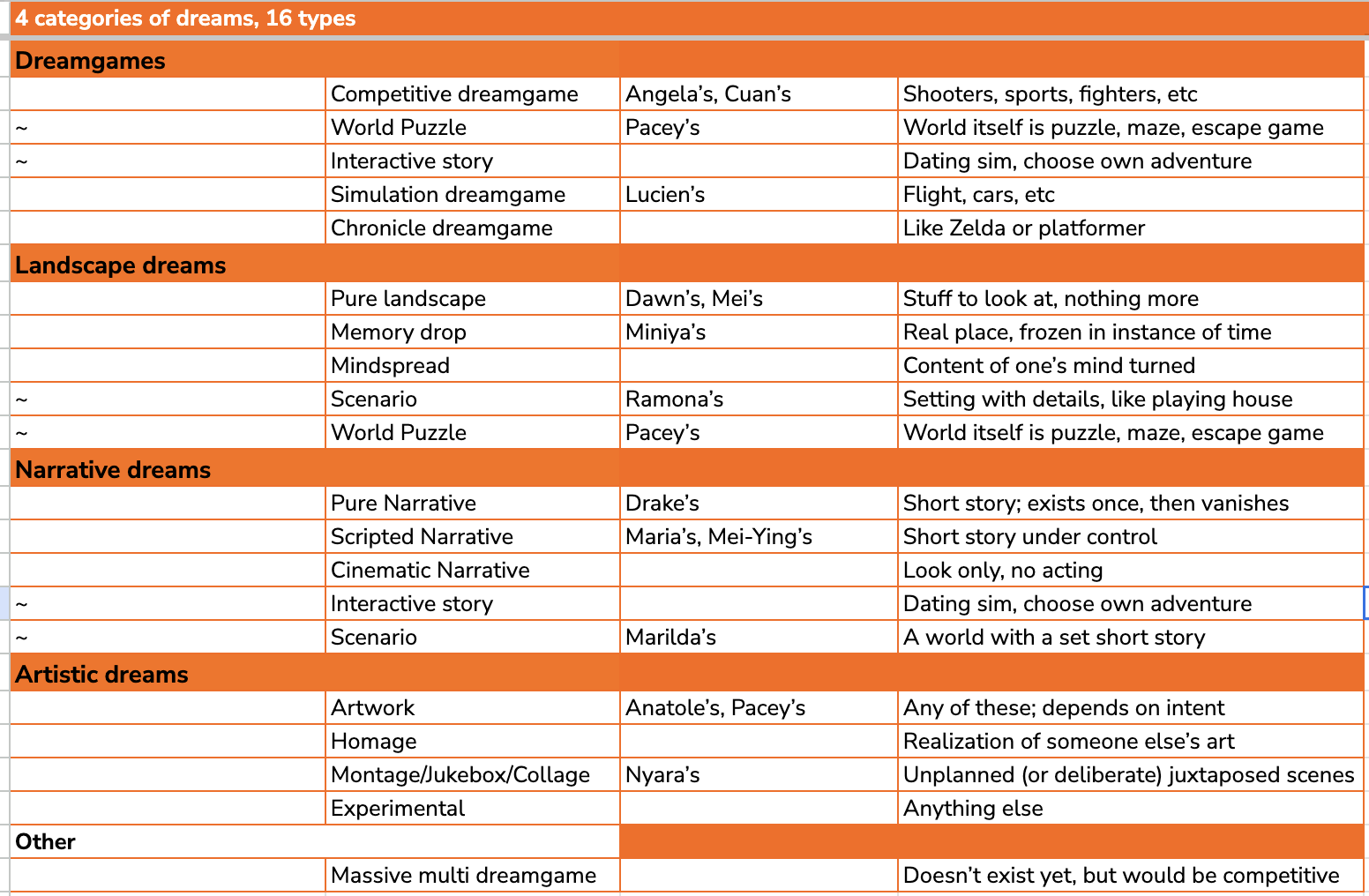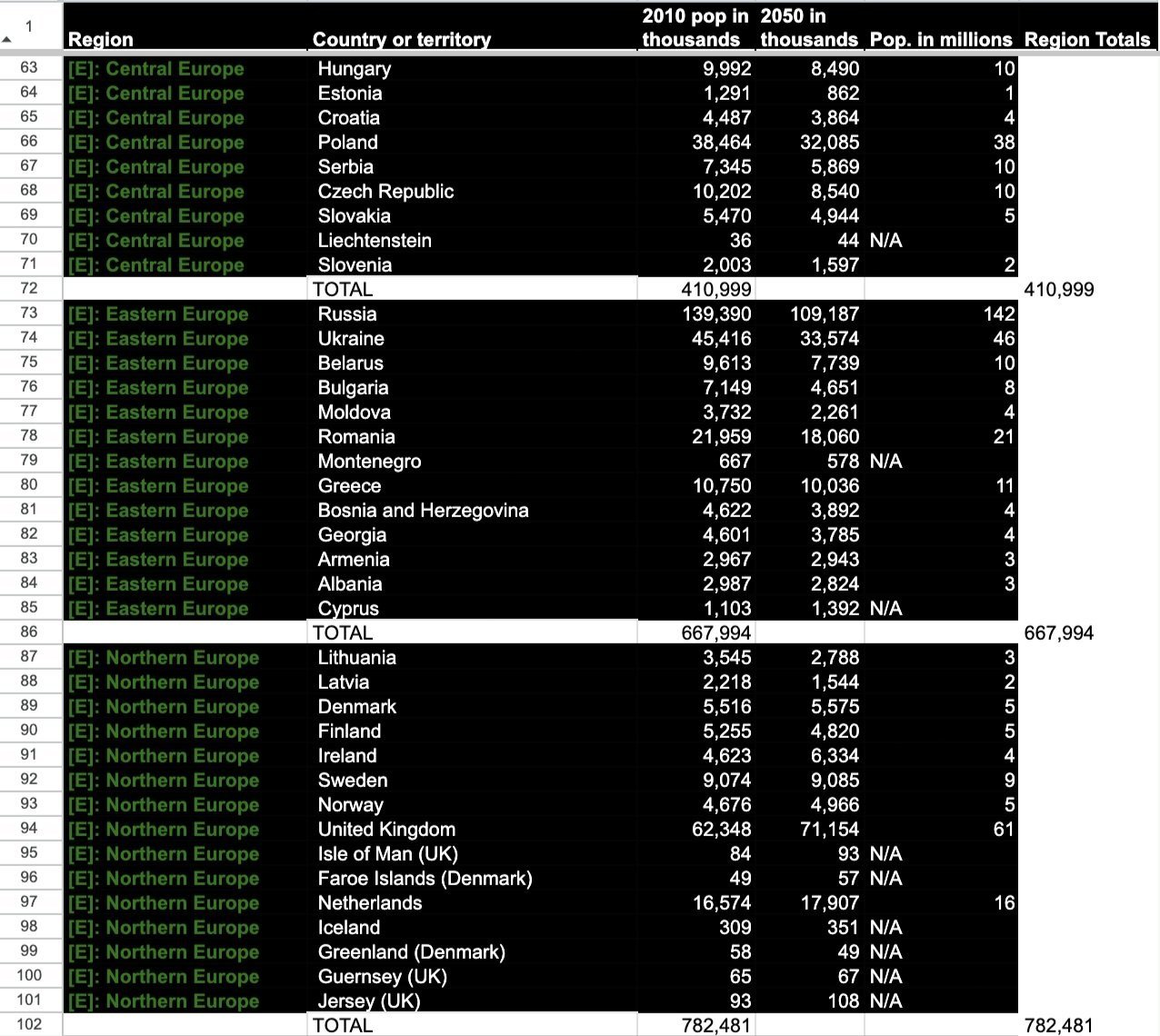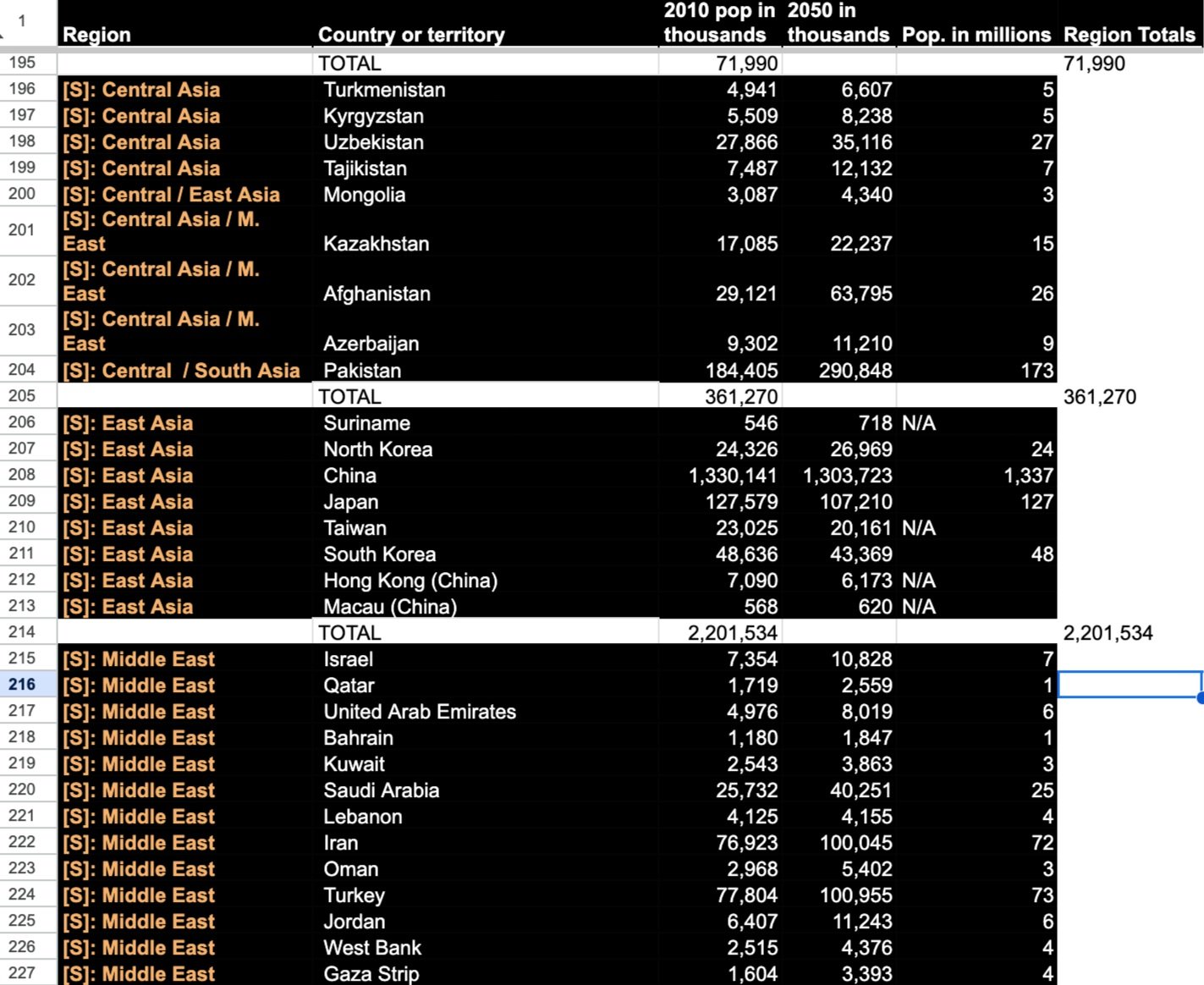While I don’t expect anyone to read this blog (or so I tell myself to work up the courage to use it), on the off-chance some lone dear reader is curious what I’ve been up to, I graduated my MFA program as of March 2024 and am working on using the database management skills I built in the nonprofit sector to pivot into a data analytics career. I’ve been working on this transition for a while and was admitted to a bootcamp as far back as June 2019. I’ve just been putting data on the backburner to focus on my MFA.
Over the past few years, I’ve been teaching myself Python and SQL, poking around GitHub, attending Women Who Code and Blacks United in Leading Technology events, and taking classes like LTCS 180: Programming for the Humanities in my free time.
Still, only now that I’ve finished the Google Data Analytics Specialization Certificate do I feel like I have something concrete to show.
That said, my interest in data analytics didn’t come from nowhere. I’ve always been a person who loves logic puzzles and other mental challenges. While part of my interest in data analytics came from pulling patron data in my nonprofit development jobs, part of my interest comes from recognizing that I’ve always loved a good spreadsheet.
I aim to share a few data storytelling posts here in the future to explain some of the more complex spreadsheets I’ve created, but I want to introduce this career transition by sharing images of some of my earliest worldbuilding spreadsheets (dating from roughly 2005~2011). It’s from a project where people can enter dreams a la Paprika or Inception. I won’t be sharing more information than that, but if you’re like me, the data itself will pique your interest and inspire your imagination.
Characters in this story can enter dreams, so I cataloged the kinds of dreams they encounter.
There’s a magic amusement park in the setting of the novel and as an amusement park junkie, I had to catalog and classify every ride.
I loved researching real-life amusement ride types. The problem about research like this is that it makes me want to take cross-country trips to Cedar Point or Busch Gardens.
I want to ride a Top Scan ride, not just write about it!
Here I created a Cabinet to rules over the fictional island setting by combining my learnings from Comparative Government with my love of Jungian archetypes.
If you want to know why I placed the anarchists near the Libertarians, it’s because I was around 18, probably still in community college, and the Political Compass Test is a misinformational scourge. I understood these terms literally but not connotatively at the time, and probably didn’t know enough to have identified as a leftist back then.
I don’t think I’d make a Cabinet so right-leaning if I made this now. Or maybe it’s balanced enough; maybe all governments need conservative, libertarian, and centrist contingents. Who knows!
Here is a small list of underappreciated mythical creatures (influenced by Borges’ Book of Imaginary Beings) for a zoo modeled after the San Diego Safari Park.
Every now and then, I check back in on the lists of mythical creatures that I drew upon. Many of the more obscure sources are gone but the Wikipedia articles only grow in detail and comprehension. It’s especially cool to see more people talking about creatures from Middle Eastern and African mythologies.
(A numera isn’t real, by the way; it’s the in-story hybrid baby of the Nue and the Chimera.)
Lastly, these are excerpts from a set of spreadsheets where I pulled then-current world population figures to make a list of every nation and their population grouped by region. Using this sheet, some spreadsheet formulas, and the help of Random.org; I was able to come up with character origins and ethnicities in a manner random enough to challenge my imagination.
In the world of this story, there is a special deconstruction-of-chosen-ones power that is randomly distributed. The main character has this power, but so do a handful of soul-twins who are just like him at the core despite being entirely different in terms of ethnic and cultural background. I believe I also used this data for a different story set in the future, which is why the 2050 projections are included. I don’t remember where I got these figures, but the World Health Organization (WHO) and the World Bank are my current go-tos. I think I was also inspired by the 2010 Save the Children ad campaign about the Lottery of Life.
(In general, I’m obsessed with the idea of people being wholly unlike on the face of it and yet essentially the same person in different fonts. I know this runs counter to some of the existence-precedes-essence logic of identity politics, but what can I say? Platonism has a certain romanticism to it. Doesn’t everyone want to visit the Realm of Ideals when they die?)
Oh, and once I came up with these randomly-determined characters, I named them after dragons that matched their ethnic and cultural backgrounds, because of course I did. I love dragons.








